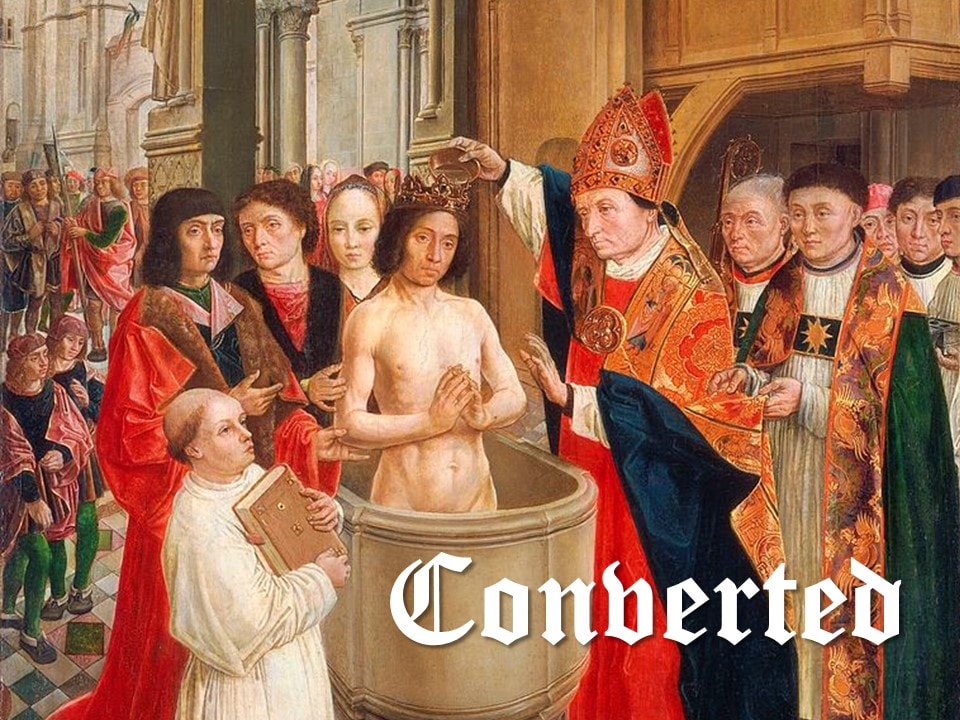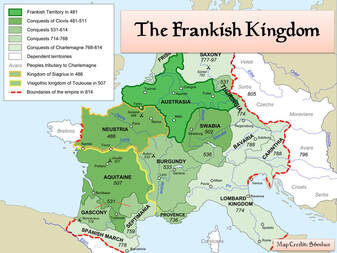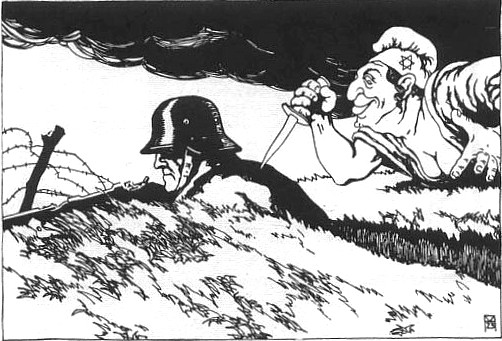|
The 2022 AP US History Free-Response Questions have been released to the public! Click here to view the questions on the College Board's website. 2022 APUSH SAQ Sample ResponsesClick here to view my sample responses to the 2022 APUSH SAQ items. 2022 APUSH DBQ Sample Response(s)Click here to view my sample response(s) to the 2022 APUSH DBQ. This file will be updated to include several sample responses that would earn different point values. 2022 APUSH LEQ Sample ResponsesThis year's LEQ 2 asked students to assess the relative importance of causes for the settlement of the British colonies. Click here to see a set of sample responses I've put together for LEQ 2. Take a look at my analysis of the 2022 APUSH Free-Response Questions on Marco Learning's YouTube channel:
0 Comments
The Fall of RomeAfter the Fall of the Roman Empire left Western Europe in chaos, the Franks rose to prominence to fill the power vacuum in the Early Middle Ages and had a lasting effect on the development of Western Europe.
Over the following three centuries, the Franks would come out on top, building an empire that stretched from present-day Spain to present-day Germany. Clovis and the Frankish Kingdom
Over the following two centuries, the Frankish Kingdom grew powerful – powerful enough to halt the expansion of the Islamic Caliphate which had conquered the entirety of North Africa and Spain. In 732, Charles Martel commanded the victorious Frankish army in the decisive Battle of Tours, which halted the Caliphate’s expansion and cemented the Frankish Kingdom’s place as Western Europe’s preeminent power. In recognition of his victory, Charles was given the honorific nickname, “the Hammer.” The Carolingian DynastyCharles Martel’s son, Pepin the Short, overthrew the Frankish king, usurping the throne with the Pope’s blessing, establishing the Carolingian Dynasty (The House of Charles). The close ties between the Franks and the Papacy would continue into the reign of Pepin’s son, Charles the Great, popularly remembered by his French name, Charlemagne. Charlemagne expanded the Frankish Kingdom through military conquests, including a campaign into Italy to assist the Pope against his enemies. In appreciation for Charlemagne’s support, the Pope crowned him “Emperor of the Romans” in 800. A thousand years later, Napoleon, the Emperor of France, would honor Charlemagne in the iconic series of paintings by Jacques-Louis David of Napoleon Crossing the Alps. Etched into the stones in the bottom left corner of the painting are Napoleon’s name, along with the names of Hannibal, who had crossed the Alps to attack Rome, and Charlemagne (written in Latin as KAROLVS MAGNVS), who had crossed the Alps to help the Pope and expand the Frankish Empire into Italy – just as Napoleon was, at the time, expanding the French Empire into Italy.
The Western Europe of the High Middle Ages would not be governed as a centralized state, but as a patchwork quilt of feudal kingdoms where local lords held more authority than the kings to whom they swore allegiance. But the Franks were not without impact. They laid the foundation for the Kingdom of France, secured the Pope’s position as the leader of Christians in Western Europe, and led indirectly to the medieval institution of a Holy Roman Empire ruled by Germans.
Adolf Hitler's Rise to Power is a frequently searched topic on Google and YouTube, but until this week, there was little to be found in terms of an academic lecture on the subject. This week, I released a half hour lecture on Hitler's Rise to Power that is divided into three parts and is availabe on my YouTube channel.
Hitler and the Nazi Party
|
Tom RicheyI teach history and government Archives
May 2023
Categories
All
|






 RSS Feed
RSS Feed